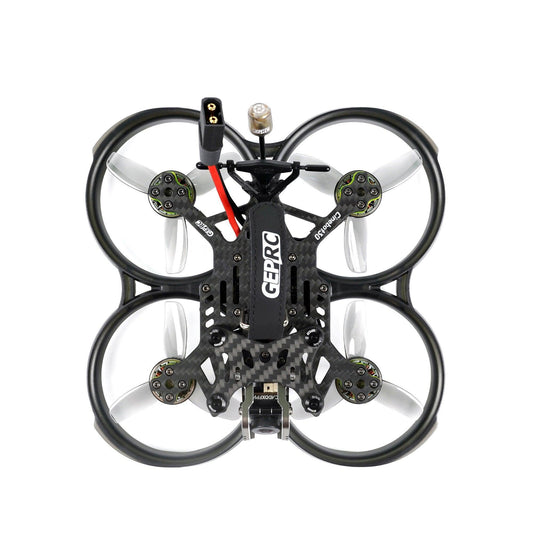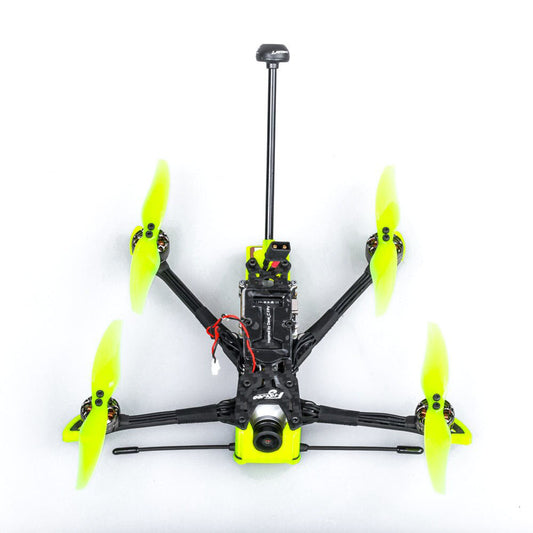Collection: Ultralight FPV
The Ultralight FPV collection features high-performance micro and nano drones engineered for speed, agility, and portability—ideal for indoor flights, tight spaces, or weight-sensitive racing builds. With options like the Flybee HDZero 2S, Bubito Pro-Spec, EMAX Nanohawk, and Happymodel Crux35 ELRS V2, these drones typically run on 1S to 2S batteries, use brushless motors, and support analog or digital FPV systems such as HDZero and Walksnail. Designed for freestyle, racing, or cinematic flying in compact environments, this collection blends ultra-light frames with advanced flight controllers and powerful video transmission, giving FPV pilots unmatched responsiveness in a compact package.


